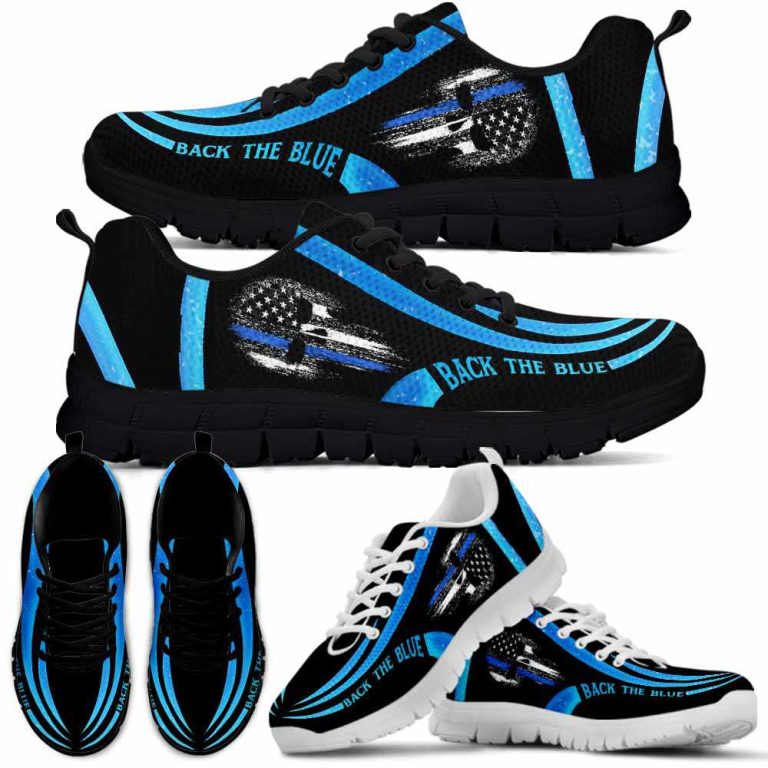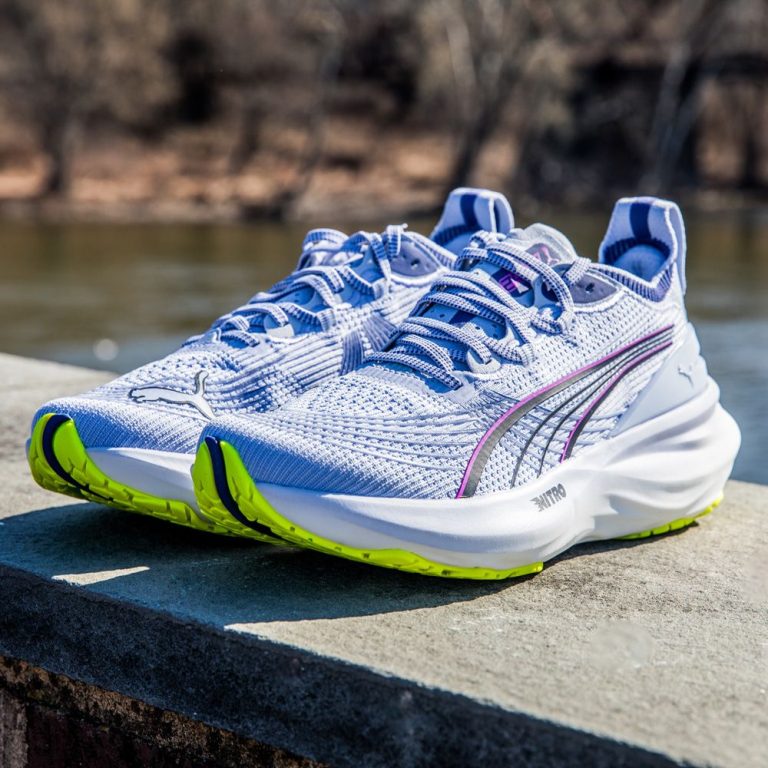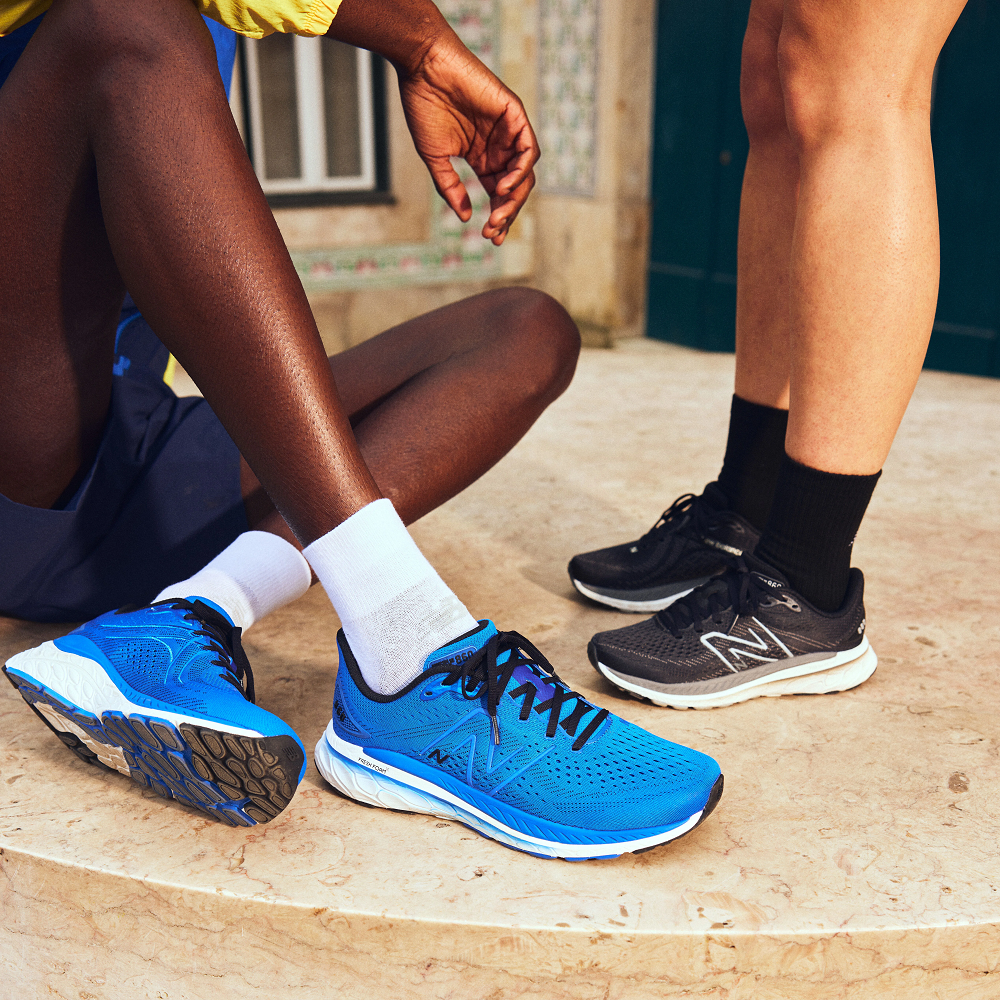
High Arch Running Shoes: Top Picks for Runners with High Arches
What Are High Arches?
High arches, or cavus foot, occur when the arch of the foot is higher than normal. This condition changes the way your foot strikes the ground while running or walking. It is often hereditary but can also result from neuromuscular disorders or other causes. Understanding high arches is key to finding the best high arch running shoes to support your feet.
The Mechanics of High Arches
A high arch concentrates pressure on the heel and ball of the foot. Unlike flat feet, high arches do not absorb shock as effectively. The increased curve reduces the contact area with the ground, stressing certain foot parts. As a result, individuals with high arches require shoes that provide adequate cushioning and support to distribute the pressure evenly.
Common Foot Problems Related to High Arches
High arches can lead to several foot problems:
- Plantar Fasciitis: Extra strain on the plantar fascia causes pain in the arch and heel.
- Ankle Instability: A high arch increases the risk of rolling the ankle.
- Calluses and Corns: Excess pressure on certain areas can lead to painful skin thickening.
- Metatarsalgia: Pain occurs in the ball of the foot due to concentrated pressure.
- Hammertoes and Claw Toes: Toe deformities result from imbalanced mechanics over time.
By choosing the right high arch running shoes, such as those with good cushioning and arch support, these problems can be minimized. Ensuring your footwear matches your foot type will help improve comfort and reduce pain during activities.
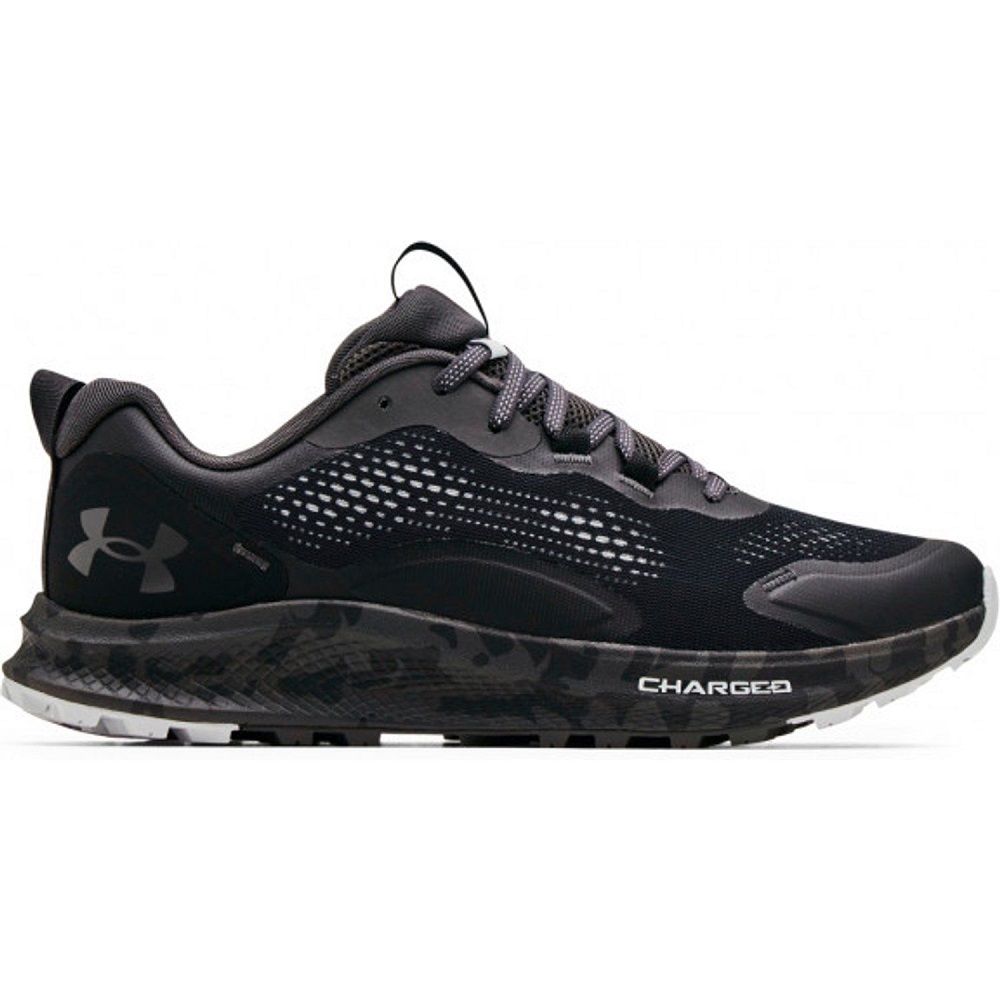
Why Choosing the Right Running Shoes Matters
Running with high arches means your feet need special support. Without the right shoes, you risk pain and injury. Proper footwear can make a large difference in comfort and performance.
Impact of Improper Shoes on High Arches
Wearing improper shoes can worsen high arch problems. Poorly designed shoes lack cushioning and support. They can increase pressure on the heel and ball of the foot. This leads to pain, instability, and other foot issues like plantar fasciitis or metatarsalgia. Ill-fitting shoes can even cause issues like calluses or ankle injuries. For people with high arches, choosing the right running shoes is not just helpful—it’s necessary.
Benefits of Arch-Supportive Running Shoes
Arch-supportive running shoes provide the structure your feet need. They help evenly distribute pressure across the foot. Good cushioning reduces impact and protects from shocks during running. These shoes also improve stability and lessen the risk of ankle rolling. Orthotic-compatible shoes can hold custom insoles for added support. Overall, they enhance comfort, reduce injuries, and improve running performance. High arch running shoes are designed to match your foot type and needs.
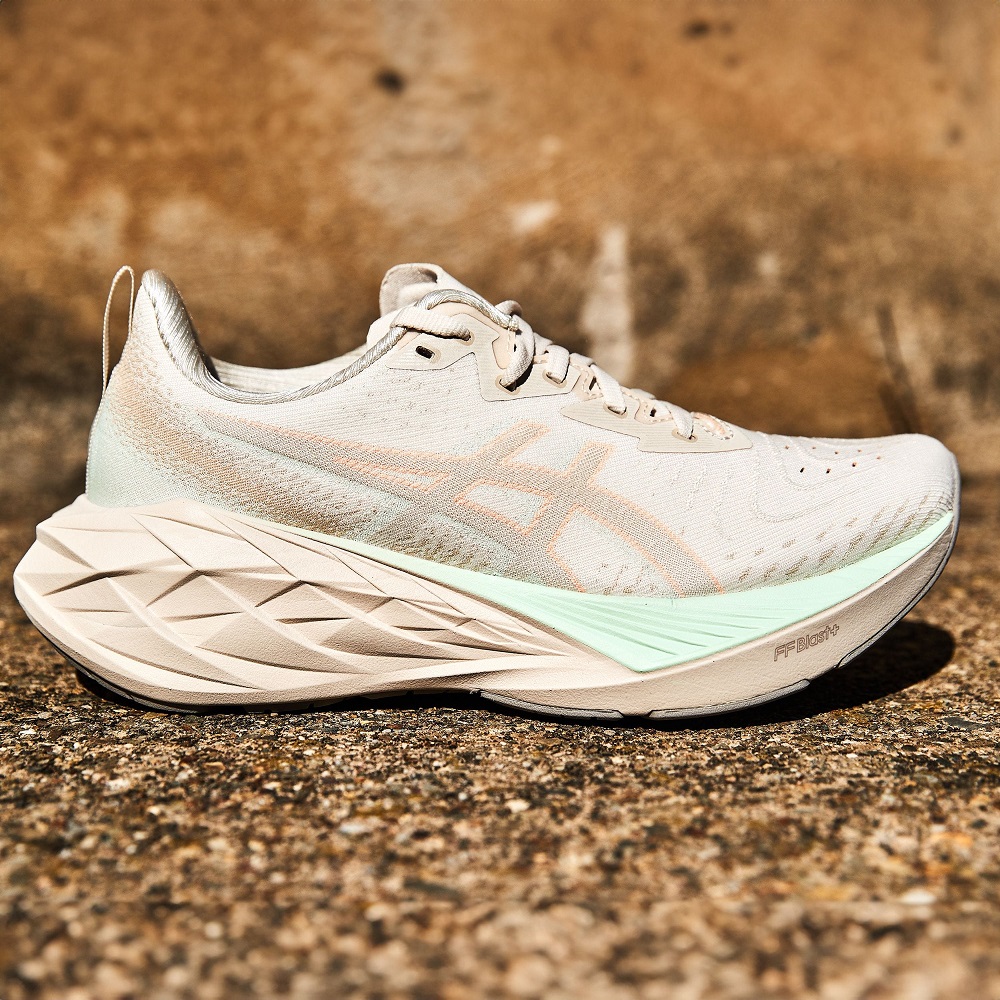
Features to Look for in Running Shoes for High Arches
Choosing the right running shoes for high arches is essential. Specific features can provide the needed comfort and support. Below are key attributes to look for to ensure that your feet remain pain-free during runs.
Cushioning and Support
Strong cushioning is vital for high-arched feet. It absorbs shock and protects problem areas. Look for extra padding under the heel and ball of the foot. Shoes with firm arch support help balance foot pressure. They also prevent strain on arches and plantar fascia. Opt for shoes built with high-quality midsoles like EVA foam for extra comfort.
Lightweight and Flexibility
Lightweight shoes reduce strain on your feet during long runs. They let you move more freely without added weight. Flexibility ensures natural foot movement. Rigid soles can worsen discomfort and stress on arches. Seek running shoes that combine lightweight material with flexible soles for better performance.
Orthotic Compatibility
For added arch support, orthotic inserts can be helpful. Many high arch running shoes are orthotic-compatible. This feature allows custom insoles to fit perfectly. Orthotics improve cushioning and correct foot alignment. They help reduce pain and discomfort during extended wear.
When selecting high arch running shoes, prioritize these features. Proper footwear enhances comfort, decreases injuries, and boosts running efficiency.
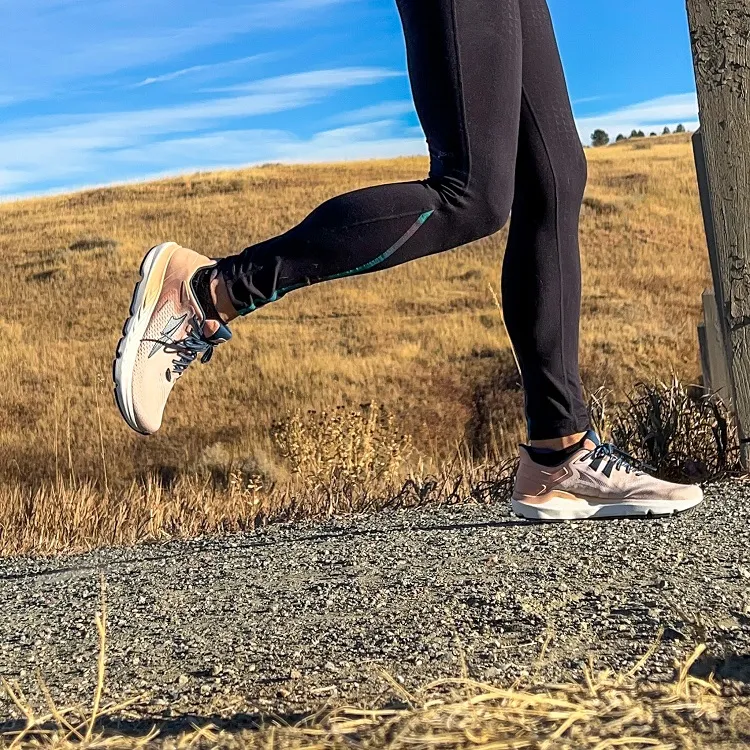
Top Running Shoe Brands for High Arches
Finding the right running shoe brand makes a big difference for high arches. Leading brands focus on designing shoes with ample cushioning, solid arch support, and lightweight materials. Let’s explore some of the best options for runners with high-arched feet.
Nike
Nike offers versatile shoes that cater to runners with high arches. Their models, like the Nike Air Zoom Pegasus, combine plush cushioning and responsive support. Nike’s innovations, such as Zoom Air units, effectively absorb shock and improve comfort. Additionally, their lightweight designs and breathable materials ensure enhanced performance during long runs.
Brooks
Brooks specializes in designing shoes for various foot types, including high arches. Models like the Brooks Glycerin and Ghost provide superior cushioning and arch support. Brooks shoes often feature DNA LOFT midsoles, which offer a soft yet durable ride. Their shoes focus on stability and alignment, helping to reduce foot fatigue and injuries during runs.
ASICS
ASICS running shoes are known for their reliability and performance. Their Gel cushioning technology is ideal for high-arched runners. Popular ASICS models like the Gel-Nimbus and Gel-Cumulus distribute pressure evenly across the feet. These shoes also integrate lightweight materials and structured uppers to ensure a snug and comfortable fit.
Saucony
Saucony creates shoes that provide excellent shock absorption and flexibility for high arches. Their EVERUN or PWRRUN midsoles deliver optimal cushioning and energy return. Shoes like the Saucony Ride and Triumph are highly recommended for arch support. Saucony’s unique design reduces strain on problem areas, ensuring comfort during extended runs.
Choosing reputable brands like Nike, Brooks, ASICS, and Saucony ensures high arch running shoes meet your needs. Prioritize models with cushioning, support, and durability for pain-free running.
How to Find the Perfect Fit
Finding the best high arch running shoes involves assessing your needs and testing options. A proper fit ensures maximum comfort, support, and performance during runs. Understanding your foot shape and preferences helps narrow down suitable choices.
Measuring Your Arches
Accurate arch measurements are essential for selecting the right shoes. Here’s how you can check your arch type:
- Perform the Wet Test: Wet your foot and step on a piece of paper. Analyze the imprint shape. A narrow center indicates high arches.
- Consult a Specialist: Visit a podiatrist for professional arch type analysis and recommendations.
- Use Arch Measuring Tools: Digital foot scanners or specialized devices can provide precise arch details.
Measuring your arches ensures you choose running shoes tailored to your specific needs.
Trying Shoes for Comfort and Fit
Testing shoes before purchase ensures they meet your comfort and support requirements. Consider these tips:
- Go Shoe Shopping Later in the Day: Feet swell with activity, mimicking conditions during runs.
- Wear Running Socks: Use the same socks you’ll wear during runs to confirm fit.
- Test Shoes in Motion: Walk or jog while trying shoes to ensure proper cushioning and support.
- Check Toe Space: Make sure there’s enough room to wiggle toes comfortably.
- Observe Heel and Arch Fit: Shoes should hug your heel snugly and provide firm arch support.
Finding the perfect fit for high arch running shoes requires attention to detail and testing for comfort.
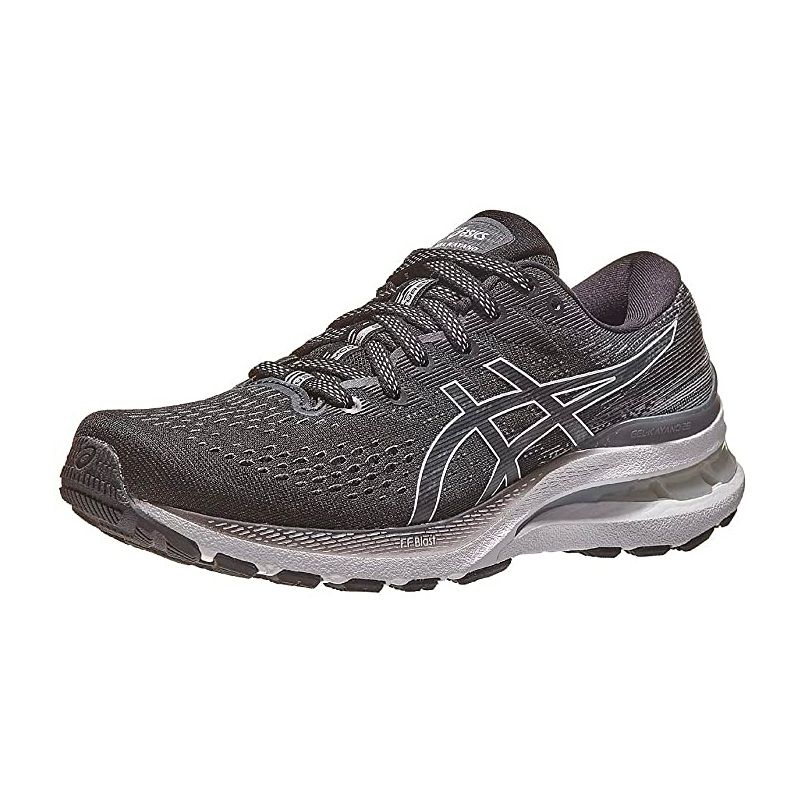
Tips for Runners with High Arches
Running with high arches requires extra care and preparation. Proper habits can prevent pain and injuries. Here are practical tips to keep your feet in top running shape.
Strengthening Exercises for Arch Support
Strengthening exercises can improve foot stability and reduce strain on high arches. Consistent practice helps maintain healthy arches during running. Consider the following exercises:
- Toe Curls: Sit on a chair, place a towel on the floor, and curl it with your toes. This strengthens the muscles in your arch.
- Calf Raises: Stand on tiptoes, hold the position for a few seconds, then lower your heels. This improves foot and calf strength.
- Foot Rolling: Use a tennis ball or foam roller under your arch. Roll back and forth for soothing relief.
- Ankle Circles: Rotate your ankles in both directions to enhance flexibility and reduce stiffness.
- Short Foot Exercise: Lift your arch while keeping toes and heel planted. Hold briefly, then release. Repeat for strength improvement.
Incorporate these exercises three to four times weekly for the best results. Combining stretching and strengthening routines ensures your feet stay resilient.
Transitioning to New Shoes Safely
Switching to new high arch running shoes requires care to avoid discomfort and injuries. Follow these steps for a smooth transition:
- Break Them In Slowly: Wear your new shoes for short runs or walks initially. Gradually extend their use to longer activities.
- Alternate Between Old and New Shoes: Use your old and new shoes interchangeably until your feet adjust.
- Monitor Your Comfort: Pay attention to any unusual pain or discomfort. Stop using the shoes if issues arise.
- Replace Shoes Gradually: Aim to fully switch to new shoes within two to three weeks.
- Use Orthotics If Needed: Custom orthotic inserts can help reduce stress during the transition period.
A cautious transition ensures your feet adjust to the new support and cushioning without issues. Proper care and attention keep you running comfortably.
Best Running Shoes for High Arches in 2023
For runners with high arches, shoe options continue to improve. In 2023, brands are launching models with better cushioning, advanced arch support, and innovative designs. Let’s explore some of the top choices available this year.
Reviews of the Latest Models
- Nike Air Zoom Pegasus 40
- Features responsive Zoom Air cushioning for reduced impact.
- Lightweight and breathable material enhances comfort during long runs.
- Offers excellent support for high-arched feet, improving overall stability.
- Brooks Glycerin 20
- Incorporates DNA LOFT v3 midsoles for enhanced softness and durability.
- Has a wider base for added balance and pressure distribution.
- Ideal for runners seeking plush cushioning and firm arch support.
- ASICS Gel-Nimbus 25
- Includes Gel technology for exceptional shock absorption.
- Provides a smooth ride with lightweight and flexible materials.
- Structured upper and roomy toe box ensure a snug, comfortable fit.
- Saucony Triumph 21
- Equipped with PWRRUN+ midsoles for maximum energy return.
- Delivers dependable flexibility and targeted cushioning.
- Designed to reduce strain on the heel and ball of the foot.
Each of these models offers unique benefits, catering specifically to runners with high arches. They focus on alleviating pain and improving running efficiency.
Budget-Friendly Options
Not all premium features require a premium price tag. Here are some affordable yet effective running shoes for high-arched feet:
- New Balance Fresh Foam 880v13
- Combines Fresh Foam cushioning with durable construction.
- Offers a perfect blend of support and value for high arches.
- Suitable for both beginners and experienced runners.
- Saucony Ride 15
- Lightweight with powerful shock absorption capabilities.
- Excellent cushioning and stability at a reasonable cost.
- Versatile enough for daily runs and long-distance training.
- Under Armour Charged Pursuit 3
- Features Charged Cushioning midsoles for a responsive feel.
- Breathable mesh uppers keep feet cool during runs.
- Affordable, yet designed for adequate high-arch support.
Affordable models ensure runners with high arches can find quality shoes without overspending. They cater to both performance needs and budgets.

FAQs About High Arch Running Shoes
Can Neutral Shoes Work for High Arches?
Neutral shoes can sometimes work for runners with high arches, but they lack specific support. High arches need targeted cushioning and arch support to distribute pressure evenly. Neutral shoes typically do not address the concentrated pressure on the heel and ball of the foot. As a result, they may cause discomfort or increase the risk of injury over time.
However, if neutral shoes offer ample cushioning and are compatible with orthotic inserts, they may work. Inserts can provide the needed support that neutral shoes lack. It is essential to try the shoes and assess their comfort before deciding. Consider consulting a foot specialist for personalized recommendations.
How Often Should You Replace Running Shoes?
Replacing high arch running shoes regularly is crucial for maintaining foot health and comfort. For runners with high arches, this is even more important as worn-out shoes lose their cushioning and support. Generally, running shoes should be replaced every 300 to 500 miles.
Signs that your shoes need replacing include:
- Flattened cushioning or visible wear on the soles.
- Increased discomfort or joint pain during runs.
- Reduced arch and heel support compared to when they were new.
Keep track of your running mileage and inspect your shoes frequently for wear. High arch runners should always prioritize shoes that provide consistent cushioning and support. Timely replacement ensures maximum protection and better running performance.
